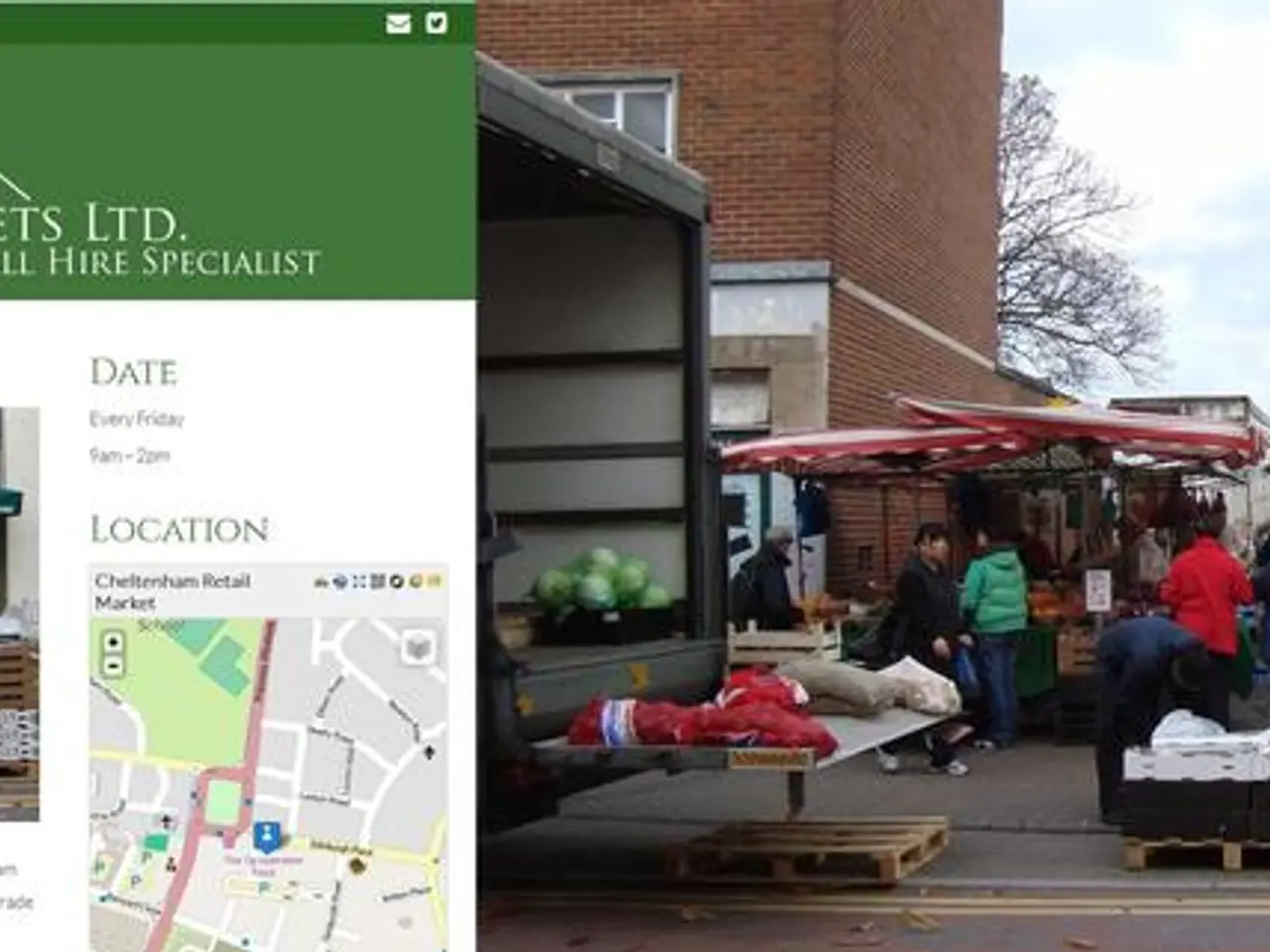Future Plans for Target: Unveiling New Developments
Target at a Crossroads: A Look at the Retail Giant's Future Strategy
Target, the American mass merchant rooted in department store history, is currently facing challenges that have prompted the question, "What's next for Target?" This question is at the heart of a recent podcast episode produced and edited by Caroline Jansen. The discussion, led by Retail Dive Reporters Daphne Howland and Dani James, delves into Target's unique history, the ups and downs of its differentiation, and where it may be headed.
The podcast episode, available on Apple Podcasts, iHeartRadio, and Spotify, is not focused on the move toward off price and other lower-cost options by Target, nor is it about the history of Target or the launch of the retailer by Dayton-Hudson in 1962. Instead, it is focused on the future of Target.
Target's current strategic direction aims for significant growth and diversification. The retailer plans to open mostly full-size stores in states including California, Florida, and New York, with a long-term goal of 300 new stores over the next decade. The strategy also emphasizes private labels and increasing product newness, digital and omnichannel investments, and operational shifts to enhance collaboration and accelerate business growth initiatives.
A key part of the strategy involves store and market expansion. Target plans to open around 20 new stores in 2025 across key states and remodel existing locations. This expansion is underpinned by investments in supply chain and technology enhancements.
The retailer also places emphasis on product and brand focus. A multiyear merchandise revamp initiated in 2025 is part of a broader five-year sales growth plan. This revamp aims to increase product newness and strengthen private labels.
Digital and omnichannel growth is another key element of Target's strategy. The retailer is expanding its digital marketplace and improving the omnichannel shopping experience to drive more profitable sales growth. Additionally, Target is boosting its customer loyalty program to attract and retain customers.
Target's merchandising strategy, known as "cheap chic," has often bolstered its fortunes. However, the retailer may be at a crossroads, with weaknesses where there once was strength. To address these challenges, Target is doubling down on differentiated private brands, expanding its physical and digital footprint, and leveraging new market opportunities in government and infrastructure sectors to stabilize and grow the business.
Target Hospitality, a separate but related unit, is making progress in strategic diversification into government and data center markets with multi-year contracts exceeding $400 million. This diversification reflects a broader portfolio diversification beyond retail.
The discussion on the podcast will also touch upon the potential impact of ditching Pride on brands, a topic that has gained significant attention in recent times.
In conclusion, the podcast episode offers an insightful look at Target's current strategic direction and the steps it is taking to address its challenges and ensure growth in the future. Whether you're a fan of Target or simply interested in retail trends, this episode is definitely worth a listen.
- Target's future strategy involves a significant expansion plan, aiming to open 300 new stores over the next decade and remodel existing locations, with investments in supply chain and technology enhancements.
- The retailer is focusing on private labels and increasing product newness, while also boosting its customer loyalty program to attract and retain customers as part of its digital and omnichannel growth strategy.
- To address potential weaknesses and ensure growth, Target is doubling down on differentiated private brands, expanding its physical and digital footprint, and exploring new market opportunities, including government and infrastructure sectors.
- Target Hospitality, a separate unit, is strategically diversifying into government and data center markets, reflecting a broader portfolio diversification beyond retail.
- The podcast episode will also discuss the potential impact of ditching Pride on brands, a topic that has garnered significant attention in recent times.




